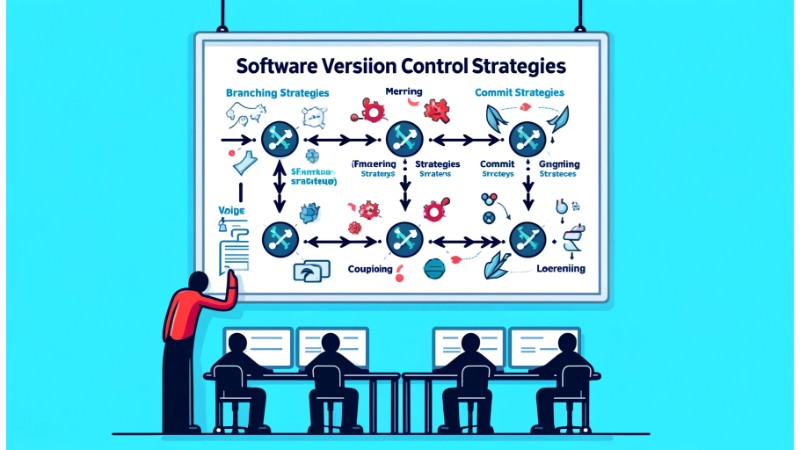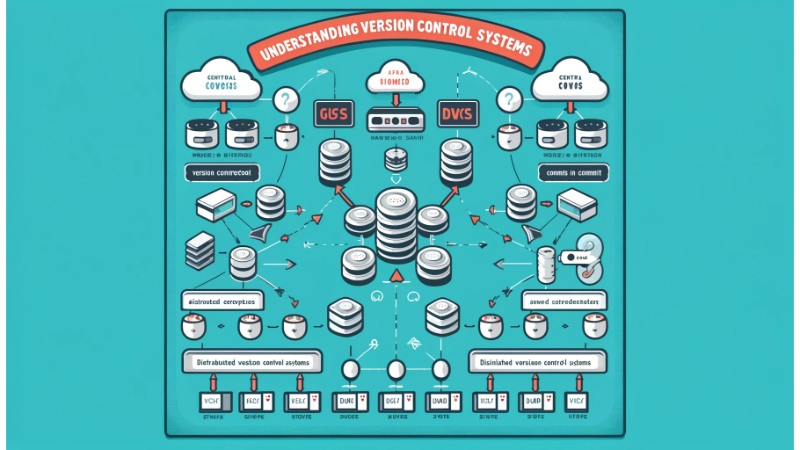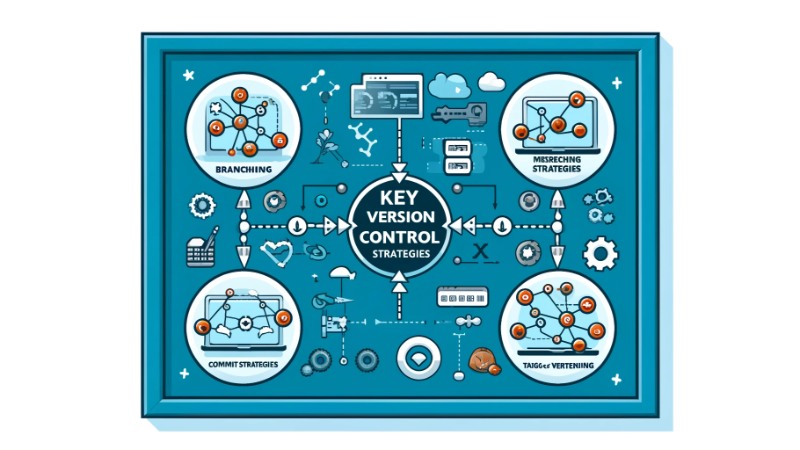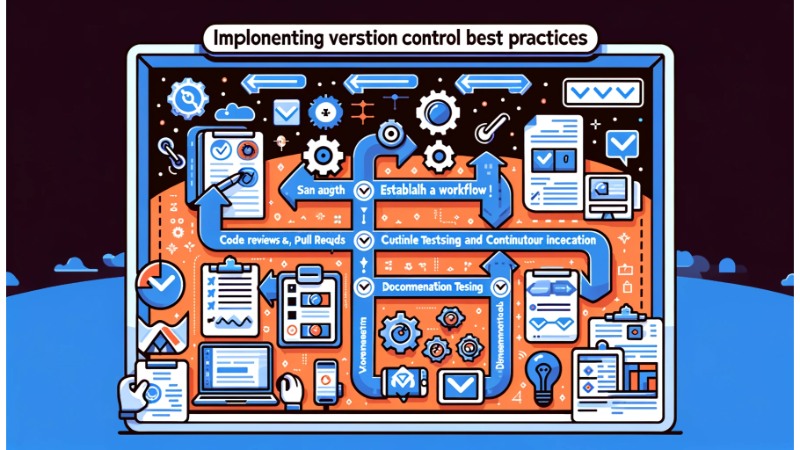Software Version Control Strategies

In the dynamic world of software development, effective version control strategies are crucial for maintaining the integrity, collaboration, and progression of projects. Version control systems (VCS) allow teams to manage changes to source code over time, facilitating coordination among developers and ensuring a coherent workflow. This guide delves into the essential strategies for version control, highlighting their importance and providing actionable insights for implementation.
Understanding Version Control Systems
 Before diving into strategies, it’s vital to understand what a version control system is. A VCS is a tool that helps track and manage changes in software code. There are two primary types:
Before diving into strategies, it’s vital to understand what a version control system is. A VCS is a tool that helps track and manage changes in software code. There are two primary types:
Centralized Version Control Systems (CVCS): In this model, there is a single, central repository that all team members commit to. Examples include Subversion (SVN) and Perforce.
Distributed Version Control Systems (DVCS): This model allows every developer to have a local copy of the entire repository, providing more flexibility and reducing dependency on a central server. Popular examples include Git and Mercurial.
Key Version Control Strategies
Branching Strategies:
Branching is the cornerstone of version control, allowing developers to diverge from the main codebase to work independently on features, bug fixes, or experiments. Effective branching strategies include:
Feature Branching: Each new feature is developed in its own branch. Once complete, it’s merged back into the main branch. This isolation minimizes conflicts and makes code reviews easier.
Release Branching: When preparing for a new release, a branch is created specifically for it. This ensures that the main branch can continue to evolve without affecting the release preparations.
Hotfix Branching: Critical bug fixes are handled in their own branches, allowing for quick patches without disturbing ongoing development.
 Merging Strategies:
Merging Strategies:
Merging is the process of integrating changes from different branches. Strategies for merging include:
Fast-Forward Merge: This happens when there are no divergent commits in the branches, allowing a straightforward, linear merge.
Three-Way Merge: Used when there are divergent commits. The changes from both branches are merged together, often requiring conflict resolution.
Rebase: Instead of merging, rebase moves or combines a sequence of commits to a new base commit. This can create a cleaner project history but should be used carefully to avoid rewriting public history.
Commit Strategies:
Effective commit strategies help maintain a clean and understandable project history:
Atomic Commits: Each commit should be a self-contained unit that represents a single logical change. This makes it easier to track changes and revert if necessary.
Descriptive Commit Messages: Commit messages should be concise yet descriptive, explaining what was changed and why. This improves collaboration and future code reviews.
Regular Commits: Frequent commits with small, incremental changes are preferred over large, infrequent commits. This practice reduces conflicts and simplifies debugging.
Tagging and Versioning:
Tags are used to mark specific points in the project history as significant, such as releases. Effective tagging strategies include:
Semantic Versioning: Use a versioning scheme like Semantic Versioning (SemVer), where each release is tagged with a version number in the format of MAJOR.MINOR.PATCH. This clearly communicates the impact of changes.
Annotated Tags: Unlike lightweight tags, annotated tags store extra metadata, such as the tagger’s name, email, and date. This information is valuable for historical context.
Implementing Version Control Best Practices
 Establish a Workflow:
Establish a Workflow:
Adopting a standardized workflow, such as Gitflow or GitHub Flow, helps teams manage development processes systematically. These workflows define how branches are used and integrated, ensuring consistency and reducing confusion.
Code Reviews and Pull Requests:
Incorporating code reviews and pull requests into the workflow enhances code quality. Team members review each other’s code, providing feedback and catching potential issues before merging into the main branch.
Automated Testing and Continuous Integration:
Integrating automated testing and continuous integration (CI) into the version control process ensures that new changes are automatically tested. This practice catches bugs early and maintains code stability.
Documentation and Training:
Comprehensive documentation of the version control strategy and training for all team members are essential. This ensures everyone understands the processes and can follow them correctly.
Conclusion
Effective version control strategies are fundamental to the success of software development projects. By implementing robust branching, merging, and commit strategies, along with tagging and best practices, teams can enhance collaboration, maintain code quality, and streamline development workflows. Whether you’re using a centralized or distributed version control system, adopting these strategies will help you navigate the complexities of software development with confidence.


